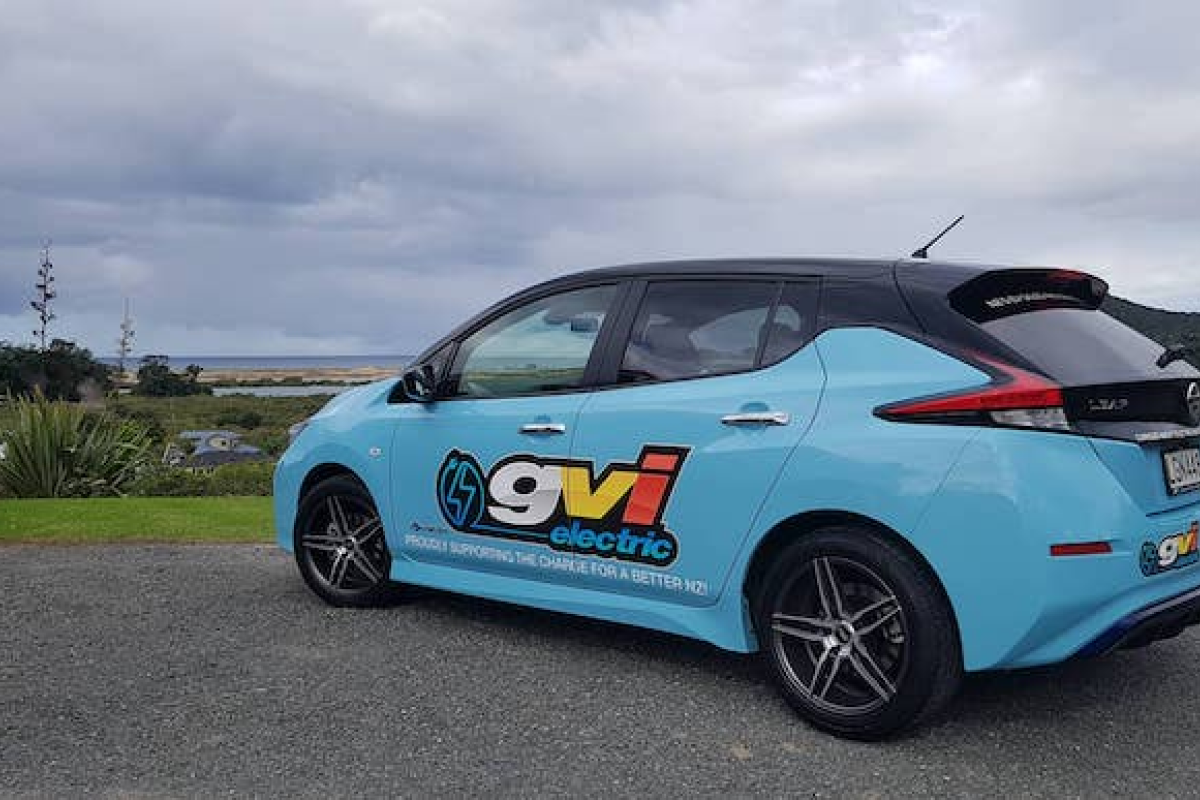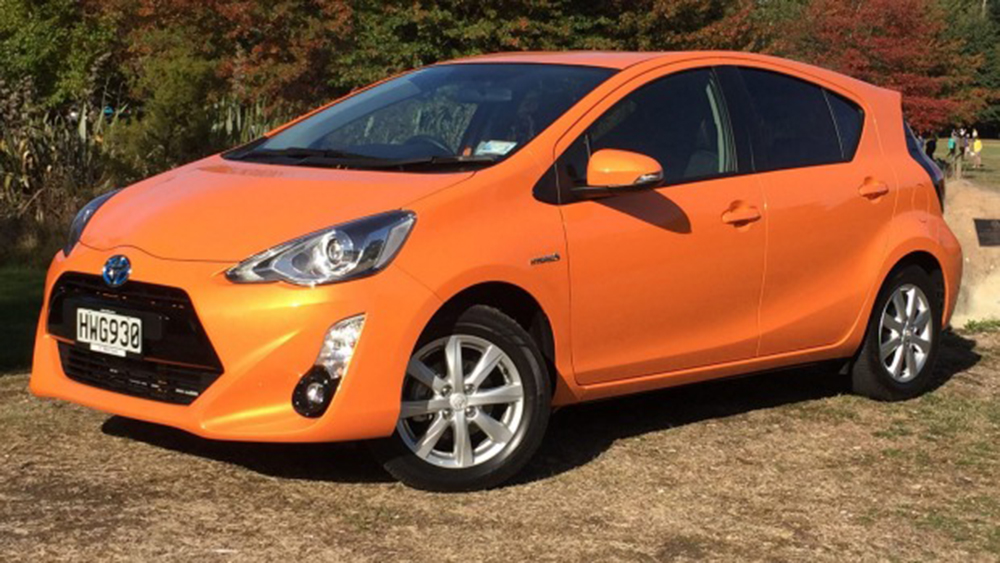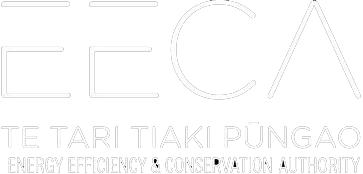
We chatted to Hayden Johnston, Managing Director of GVI about GVI Electric who has some great insight into the changing EV market as well as tips for EV buyers.
What does GVI Electric do?
We are a supplier of Parallel Import New and Pre-Owned Electric Vehicles with dealerships in Auckland, Tauranga and Wellington. We also service BEV and PHEV vehicles at our Auckland and Tauranga service centres.
Which EV models does GVI sell and service?
We have supplied over 1,500 Plug charge vehicles to new owners in New Zealand and have sold everything from Tesla to the Mitsubishi i-Miev! The Nissan Leaf is our most popular vehicle due to availability out of Japan and the UK with the Mitsubishi Outlander PHV the next popular as it is a great option for kiwis with its 4WD drive train and generous size.
Who are your customers?
These days we sell to everybody from the first car buyer to supplying large commercial fleets. When we first started out over 5 years ago our customers were all Electrical Engineers, Physicists, people with letters after their names! it was very different and very intense experience as they had dozens of technical question (all which they knew the answers to!) and it felt more like an interrogation than a sale! There was very little information available at that time so we relied heavily on partnerships with people like Walter (EVs Enhanced) and Carl (Blue Cars) to learn about the finer details of the vehicles. Our most common customers these days would be the “Second car” purchaser for doing the school run, work commute and general transport, with the ICE car used for longer range travel.
What do you think is driving people to buy an EV?
The economy is still the biggest driver for the shift to electric. As fuel and servicing costs rise people start to re-evaluate transport choices and for 90% of people going EV is a no brainer especially as entry costs have dropped as supply increases.
What is holding people back from buying an EV?
Most people would tell you range is their biggest objection but in 90% of cases that is easily overcome with some qualification of their needs and education about EV charging options. “They don’t do a ute….!” is another common objection but as model range increases and more manufacturers get on board there will soon be an EV option for every application, happy days!
What has been the response of customers making the switch to EVs?
The most common reaction from people that have made the move to electric is “I wish I did this sooner…!” A lot of people think that it will be a really difficult transition to electric with the most common concern being “where will I charge?”. This and other concerns are quickly overcome through education and this is a key focus for my team rather than just trying to sell someone a car.
What is involved in servicing an EV?
Less moving parts means less wear and tear opportunities and maintenance requirements….we sell a lot of wiper blades! We perform an EV safety check every 12 months in conjunction with a WOF inspection and this consists of a Brake and Suspension check, Fluid check (Brake, Coolant, Washer) Battery test and general spanner check. This is the beauty of EVs for consumers, but also the curse for manufactures with limited parts and service opportunities.
How is GVI Electric set up to charge EVs?
We have fast AC charging at all our dealerships for our own cars and any EV owners that want to stop for a top-up and a coffee. We supply an OEM Audio 8amp Potable EVSE with all our Plug charge vehicles and have fast AC home charge options available as well, but with current battery size and onboard charger speeds, this is not really necessary yet.
Do you have any tips for people looking to buy an EV?
Visit an EV expert rather than trying to find the cheapest car out there. We hear about bad experiences every day where people have shopped purely on price and bought a car from someone who has no idea about what they are selling, offers no education or insight into EV ownership and in most cases supplies illegal charging equipment, dodgy and dangerous. There is a passionate and knowledgeable EV community on Facebook with groups in every city and this is a great place to start and ask questions about making the move to electric. There is also great information on the Drive Electric and EECA websites.
As geographically the largest electricity distribution business in New Zealand, Powerco has been pivotal in increasing the number of chargers across its network area. In conjunction with ChargeNet NZ, charging stations have been installed across Bay of Plenty, Coromandel, Wairarapa, Manawatu, Taranaki and Whanganui. Increasing the number of charging stations encourages the uptake of electric vehicles. It also benefits Powerco, which has offices in New Plymouth, Whanganui, Palmerston North, Tauranga and Wellington. While the sites have their own charging facilities, the public charging stations make it easier for employees who often travel long distances for work. As an electricity distributor, Powerco needs to make sure the network has the capacity for the increase in electric vehicle use. When people charge their vehicles at home, it increases the amount of electricity flowing through the network. “We’re intent on preparing the electricity network for our customers to ensure it is ready for the inevitable transition to electric vehicles,” Mr Pellicer said.
Powerco has undertaken a series of trials to gain a better understanding of how charging requirements will impact the electricity network. An example is the collaboration project with a Taranaki Maori health provider. Powerco installed an electric vehicle charging station at the work site and provided a Volkswagen e-Golf for staff to use for 12 months. “The feedback from their staff was also positive on the experience of drive and charging EVs. While we gathered important data for our own use, we also wanted the trial to benefit the community at large.”
Mr Pellicer says if people are thinking about transitioning to an EV, they should consider their needs before affordability. “The availability of different classes of EV – both domestically and from import markets – is growing, so it’s better to find a vehicle that will get a lot of use rather than one that ‘ticks’ the EV box.”
Powerco is New Zealand’s second-largest electricity utility and gas distribution utility with around 1.1m customers (across 446,000 connections) connected to its networks. Powerco’s electricity networks are in Western Bay of Plenty, Thames, Coromandel, Eastern and Southern Waikato, Taranaki, Whanganui, Rangitikei, Manawatu and the Wairarapa. Its gas pipeline networks are in Taranaki, Hutt Valley, Porirua, Wellington, Horowhenua, Manawatu and Hawke’s Bay.




